Every once in a while we focus on a certain topic and write a few articles about. Recently, we had a few posts with videos on terminology differences, and before that, we cover agile for capital projects. The most recent posts have been about large-complex, or mega projects.
We have to admit, today’s post might reiterate some points from earlier posts — AND — it is also a bit commercial in nature since it is related to a learning program that SUKAD has developed and is offering to deal with the challenges of mega projects.
Leading Mega Projects to Success
Mega projects are also called major projects, large and complex projects, and sometimes capital projects. In term of cost and duration, a mega project will likely have a budget of more than 500 million US$, or 1 billion, and durations of many years, from idea to completion.
The projects could be telecommunication, investment technology, or other industries. However, most capital projects are usually in these industries manufacturing, industrial, petroleum, real estate, infrastructure, heavy construction, utilities, and even healthcare.
The Current Reality
All of the research on mega projects, and from various organizations and universities, show that mega projects are often costly and experience cost pressures and delays. The actual data may vary from one researcher’s organization to another but the bottom line, performance is not optimal.
Why the less than optimal performance?
There are many reasons including size and complexity of these projects, ambiguity or lack of crystal clear definition of scope, lack of involvement or experience by the project owner, outsourcing the project management of these projects to external consultants, among other reasons.
The Research
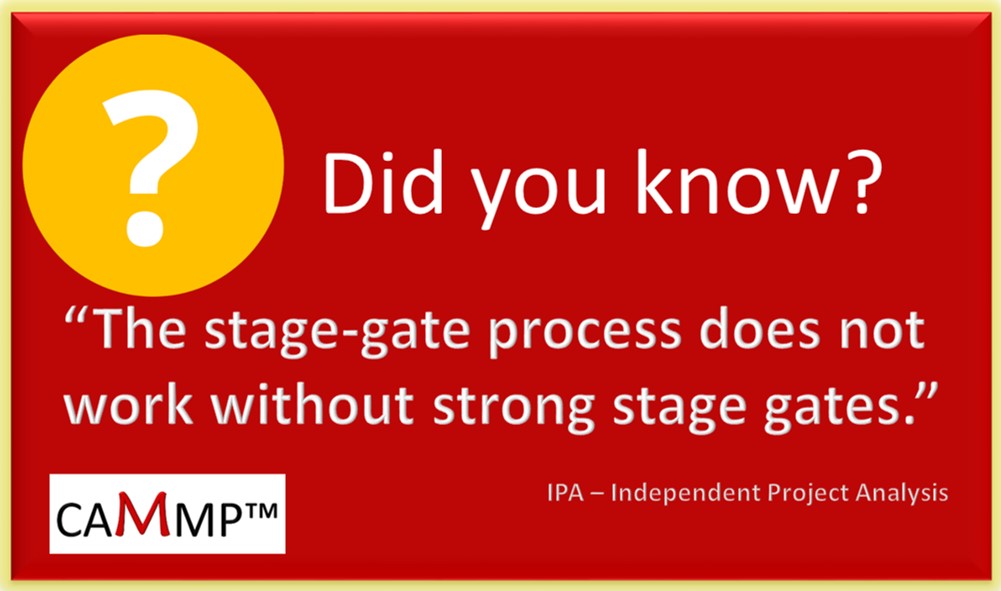 Research from one organization[1] shows following a proper stage-gate approach for managing these types of projects can significantly improve the Net-Present Value (profits); on the other hands, lack of proper methodology can cause up to 45% reduction in the expected NPV. This same organization also concludes that owner-led project management teams can perform better than outsourcing for managing these projects.
Research from one organization[1] shows following a proper stage-gate approach for managing these types of projects can significantly improve the Net-Present Value (profits); on the other hands, lack of proper methodology can cause up to 45% reduction in the expected NPV. This same organization also concludes that owner-led project management teams can perform better than outsourcing for managing these projects.
Another organization[2] that promotes best practices tells us that following the various best practices, such as constructability, change management, and schedule optimization, can result in significant performance improvements. Consequently, the lack of these practices directly leads to performance pressures, troubled projects, and even failure to meet some of all of the primary objectives.
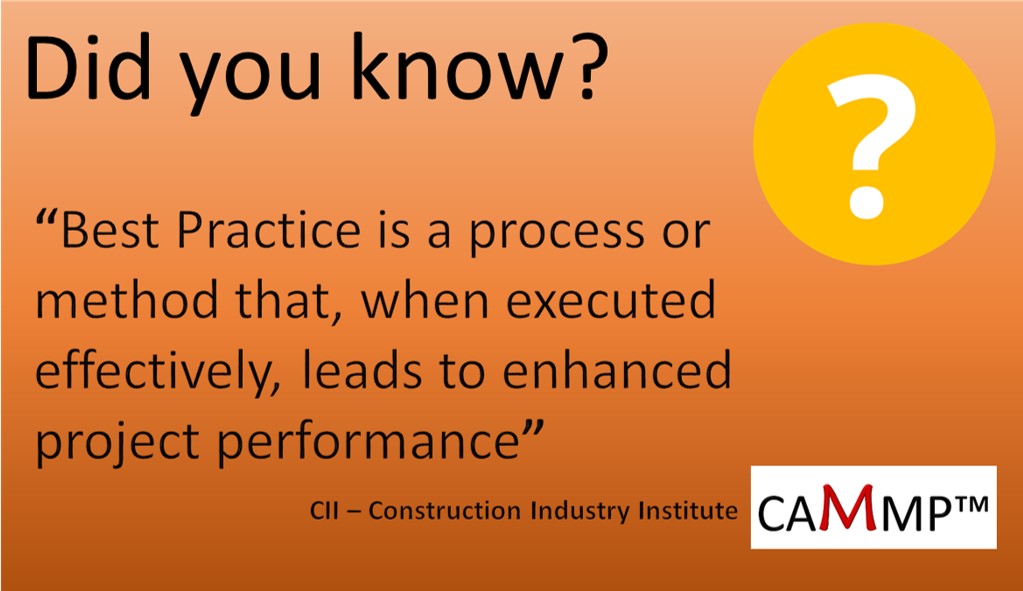 More research from a leading university[3] also shows mega projects, especially such as infrastructure and Olympics projects suffer greatly.
More research from a leading university[3] also shows mega projects, especially such as infrastructure and Olympics projects suffer greatly.
Videos
For further information, please visit our YouTube Channel for videos on the topic. Click on the images below for the Arabic and English Videos.
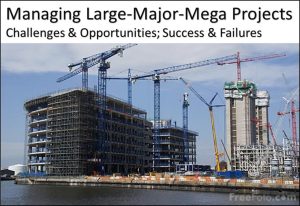

The Organizational Solution
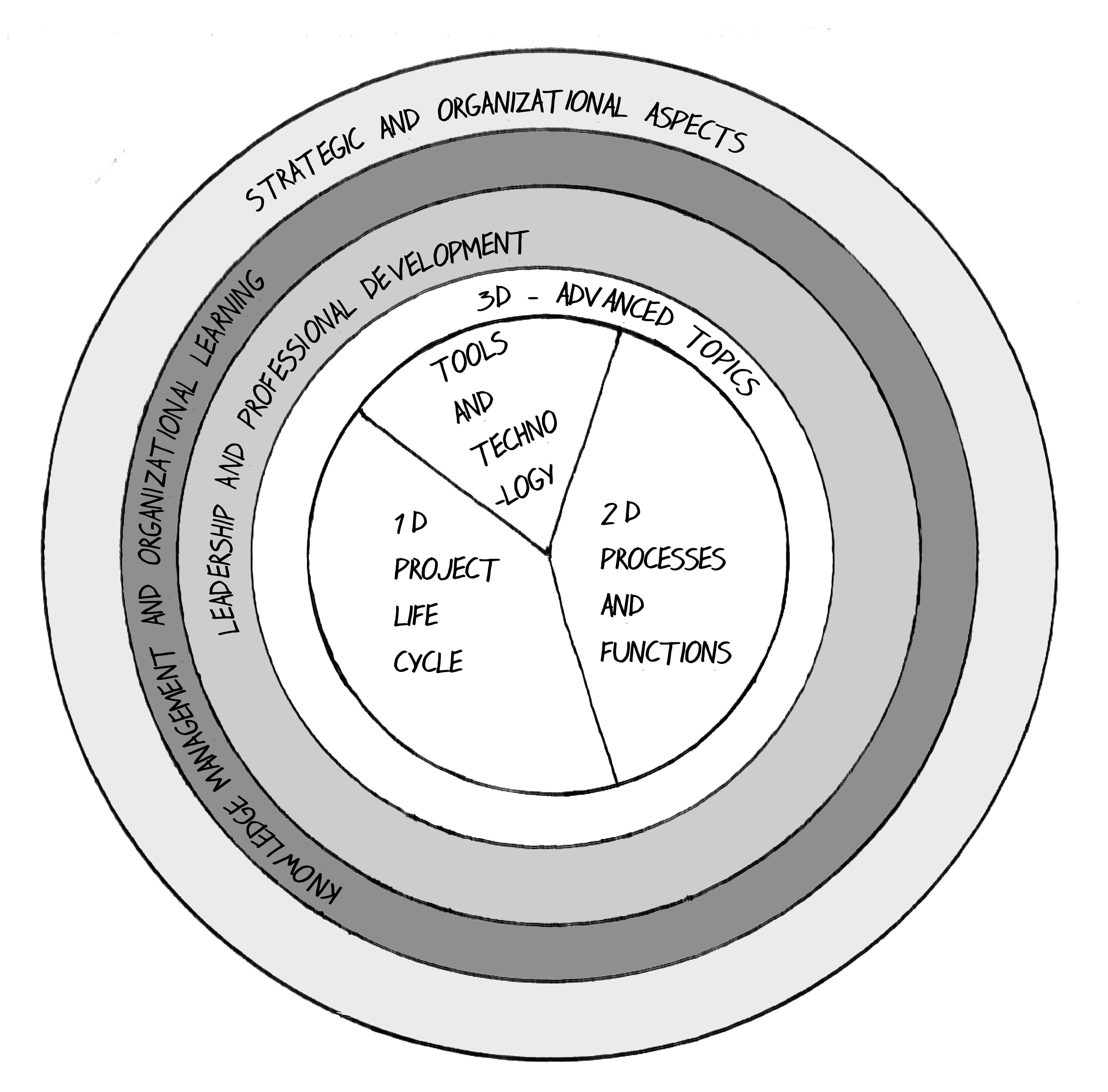
The Seven Elements of Project Management Maturity™ – This is the SUKAD approach for building a sustainable Organizational Project Management System!
The Solution requires a great deal of effort, more than we can cover in a course or a learning program. The primary solution is for executives to establish a project management function in their organizations if they do not have one. They also must build a comprehensive and sustainable Organizational Project Management System (OPMS), inclusive of the methods to manage mega projects that would be more effective than following a set of processes that might be good enough for smaller and less complex projects.
A Learning Solution
Training is not enough to meet the challenges of mega projects. However, a comprehensive learning program can be a starting point or support an organizational solution.
The SUKAD Leading Mega Projects program is an intensive program that covers the essentials of managing and leading mega projects to success. We can tailor the program to a given organizations based on the types of projects they handle and the preferred program duration.
The public version of the program is in two major parts, 10-day, an intensive blend of lectures, discussions, group exercises, final project, and case studies. In the public format, we offer this program as a two-week, back to back, boot-camp style program. It is intensive and highly interactive. The following image is the tentative outline of the topics in both parts.
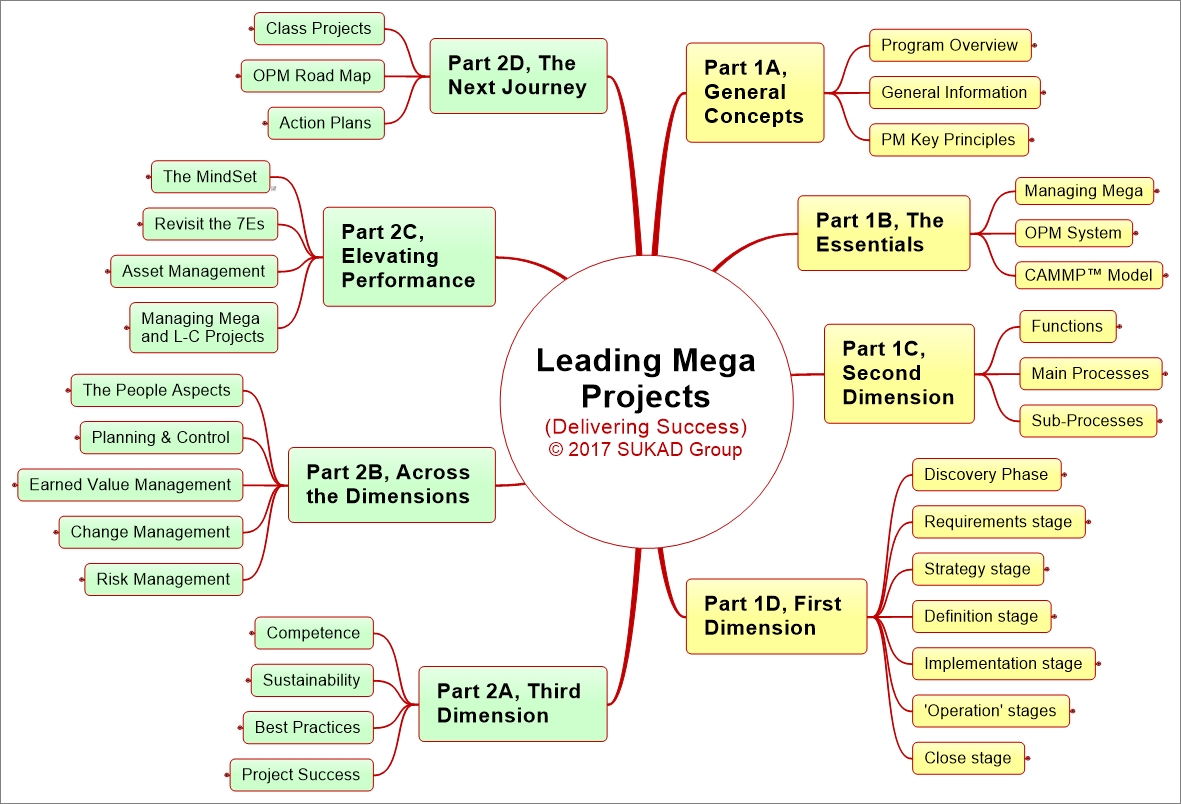 For private clients, we can tailor this program, such as shorter sessions, 2-day each, and spread over 4 to 6 months.
For private clients, we can tailor this program, such as shorter sessions, 2-day each, and spread over 4 to 6 months.
Program Resources
The program resources include:
- SUKAD research and development work, including our books on CAMMP™ and CAMMP™ for Mega Projects.
- Books and other resources from IPA, CII, PMI, IPMA, and GPM Global.
- Case studies from publications and mega projects where the Program Leader was involved.
Learning Objectives/Outcomes
- Learn a proven project management methodology
- Understand the project life cycle of a capital project
- Learn about project phases, stages, and stage gates
- Apply the concepts on a typical capital project
- Become familiar with leading practices applicable to these projects
- Learn from case studies with failed and successful projects
- Learn and apply how to measure success of these intensive projects
- Learn the fundamentals for estimating and planning large projects
- Understand the need to master change and risk management
Who should Attend
- Senior managers and executives responsible for delivering these project
- Executives accountable for delivering shareholders value
- Project engineers, project leaders, and project managers
- Planners, cost engineers, and other project management specialists
- PMO members, managers, and directors
Location and Timing
We live in a suitcase – so we can deliver the program anytime – anywhere our clients are.
We can deliver in English or Arabic.
For the public program, it is tentatively planned this August in Dubai, the United Arab Emirates.
[1] IPA – Independent Project Analysis; http://www.ipaglobal.com/
[2] CII – Construction Industry Institute; http://www.ipaglobal.com/
[3] Oxford University; http://www.sbs.ox.ac.uk/

Trackbacks/Pingbacks